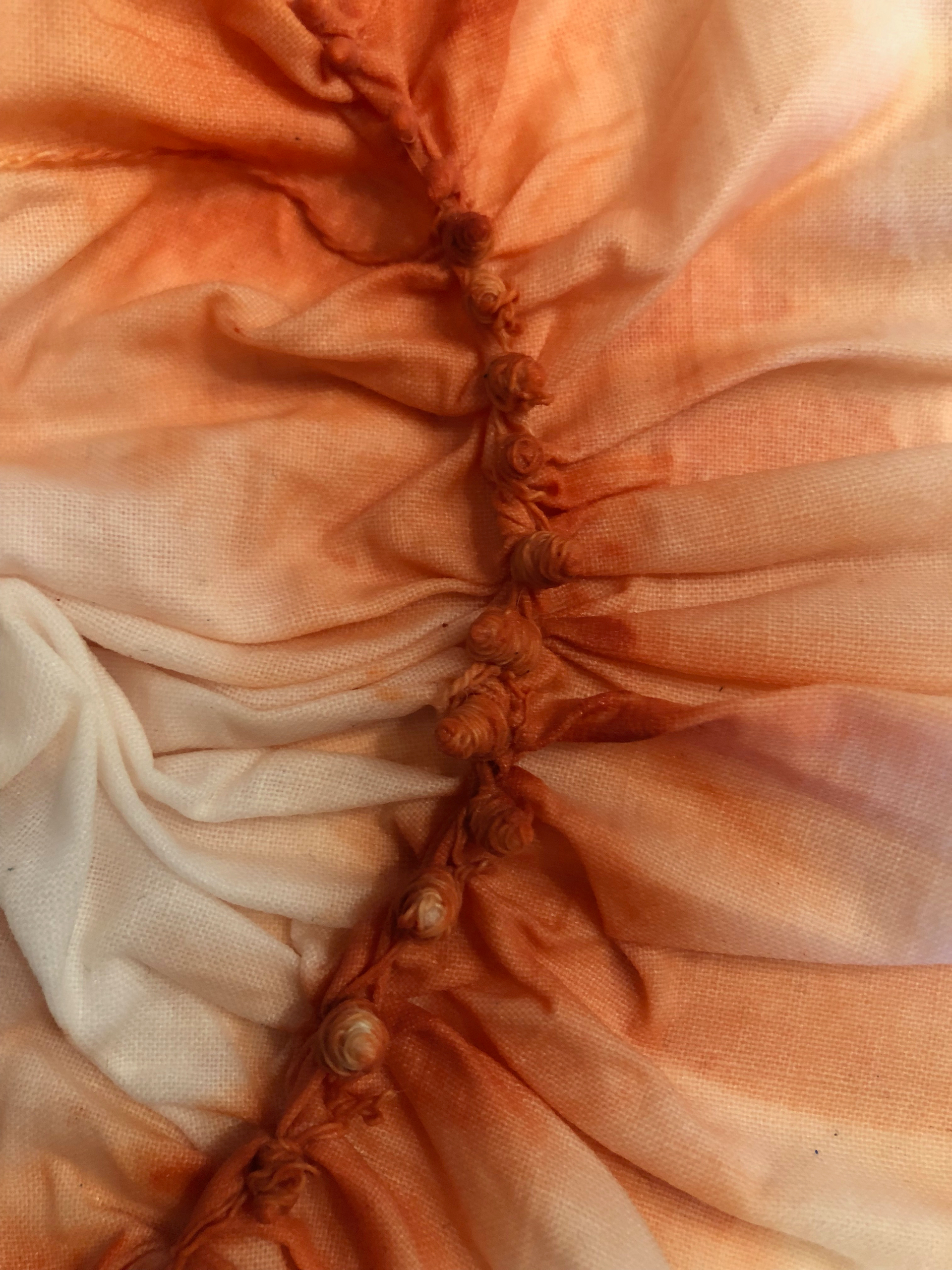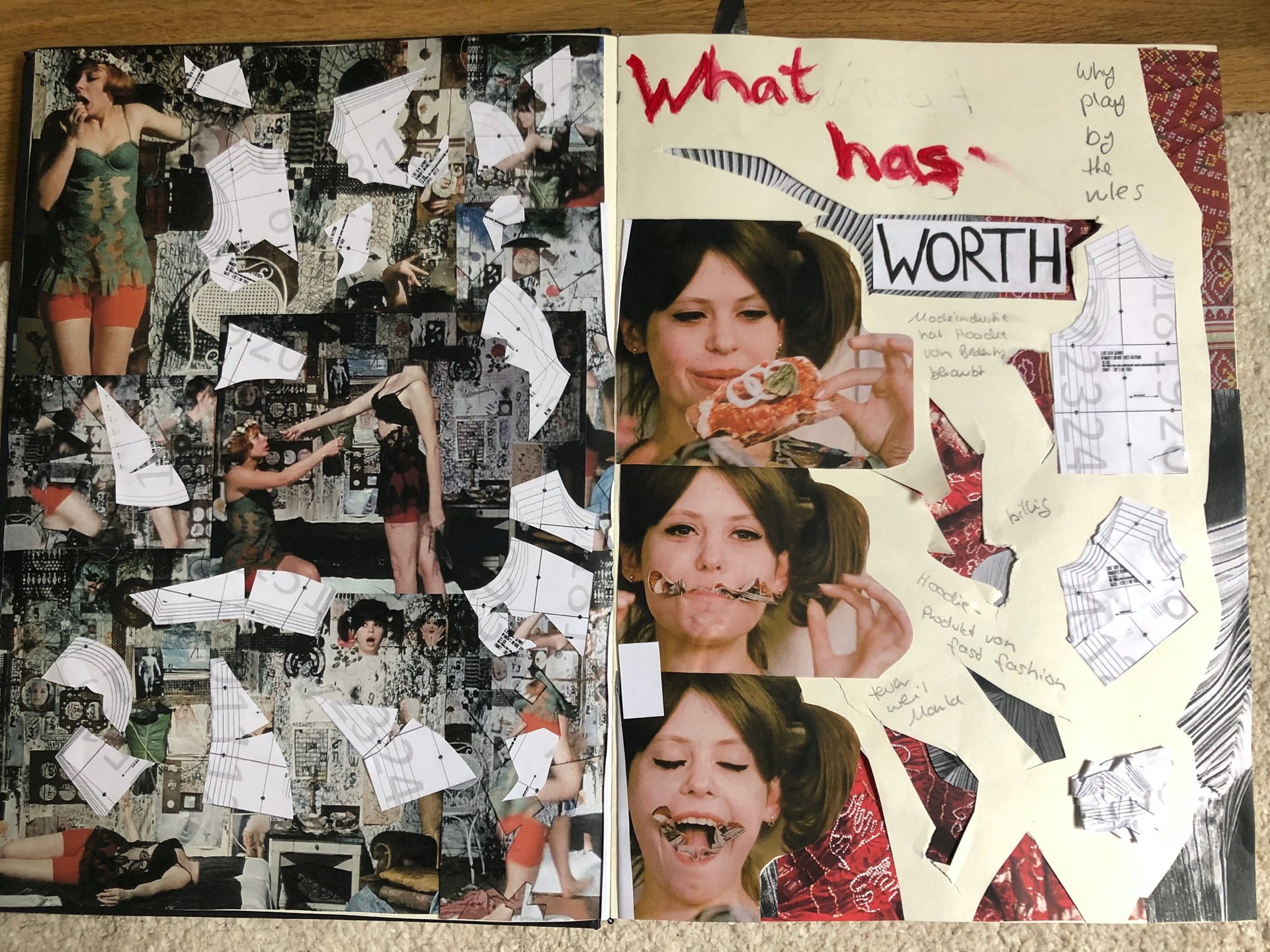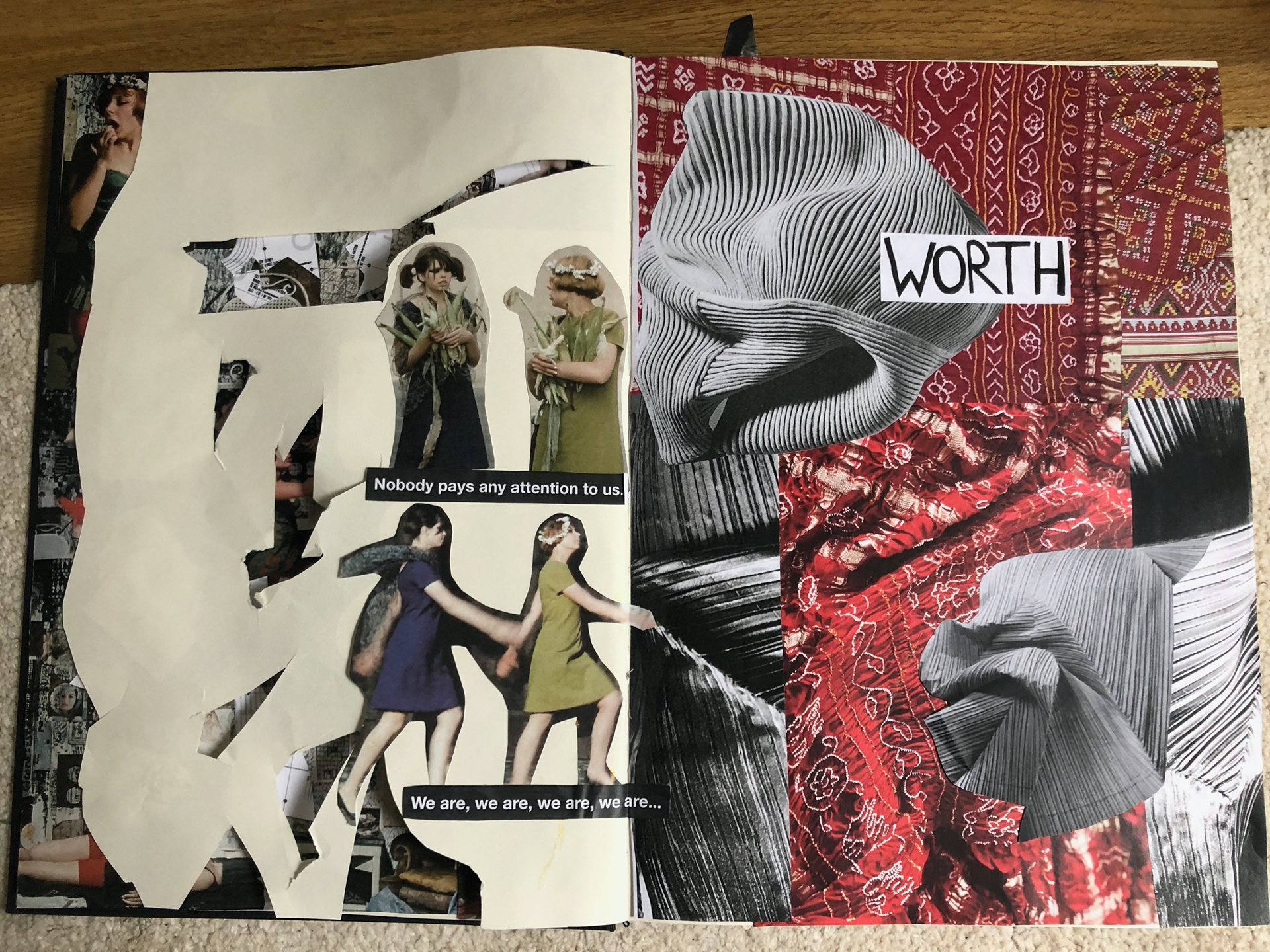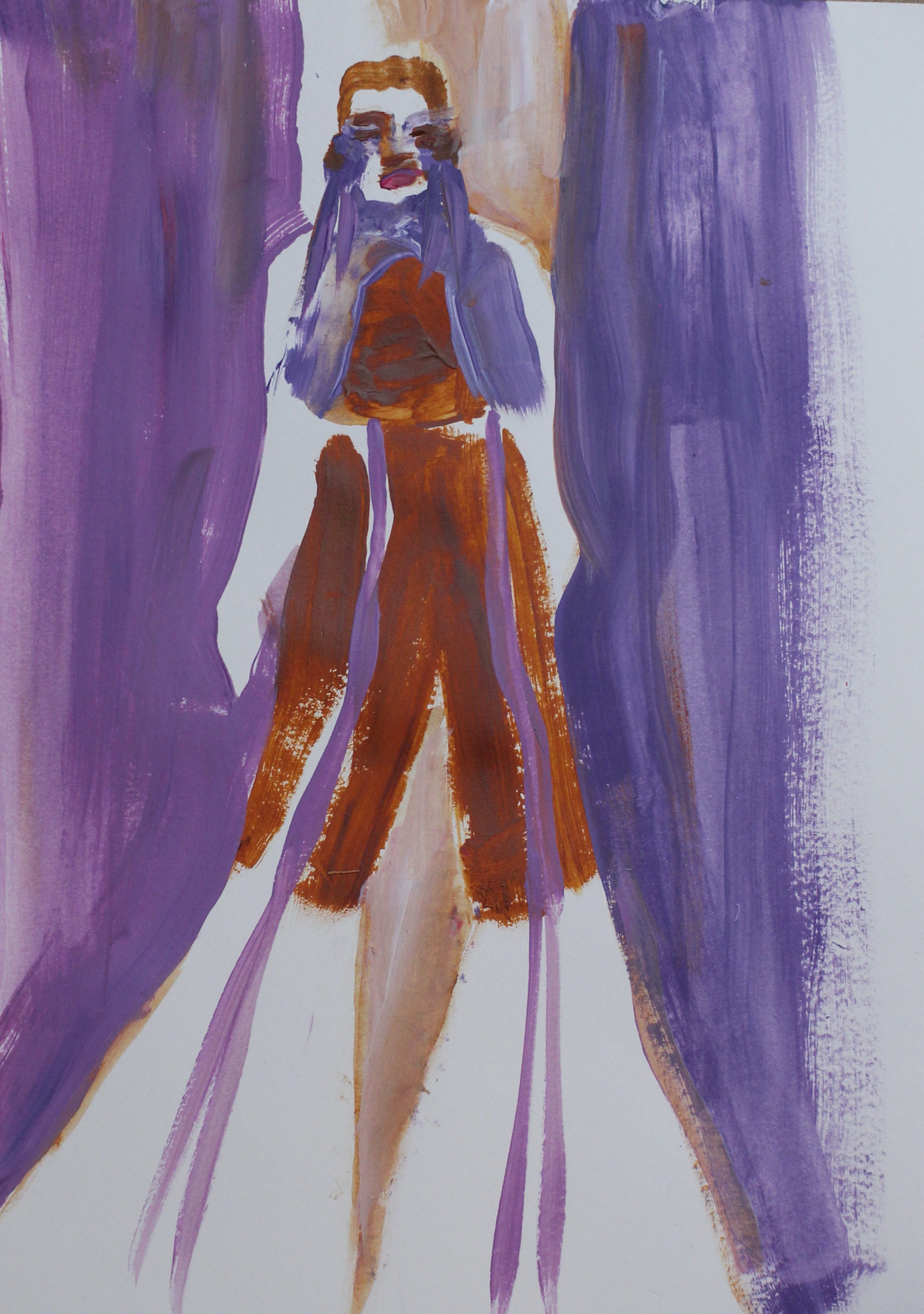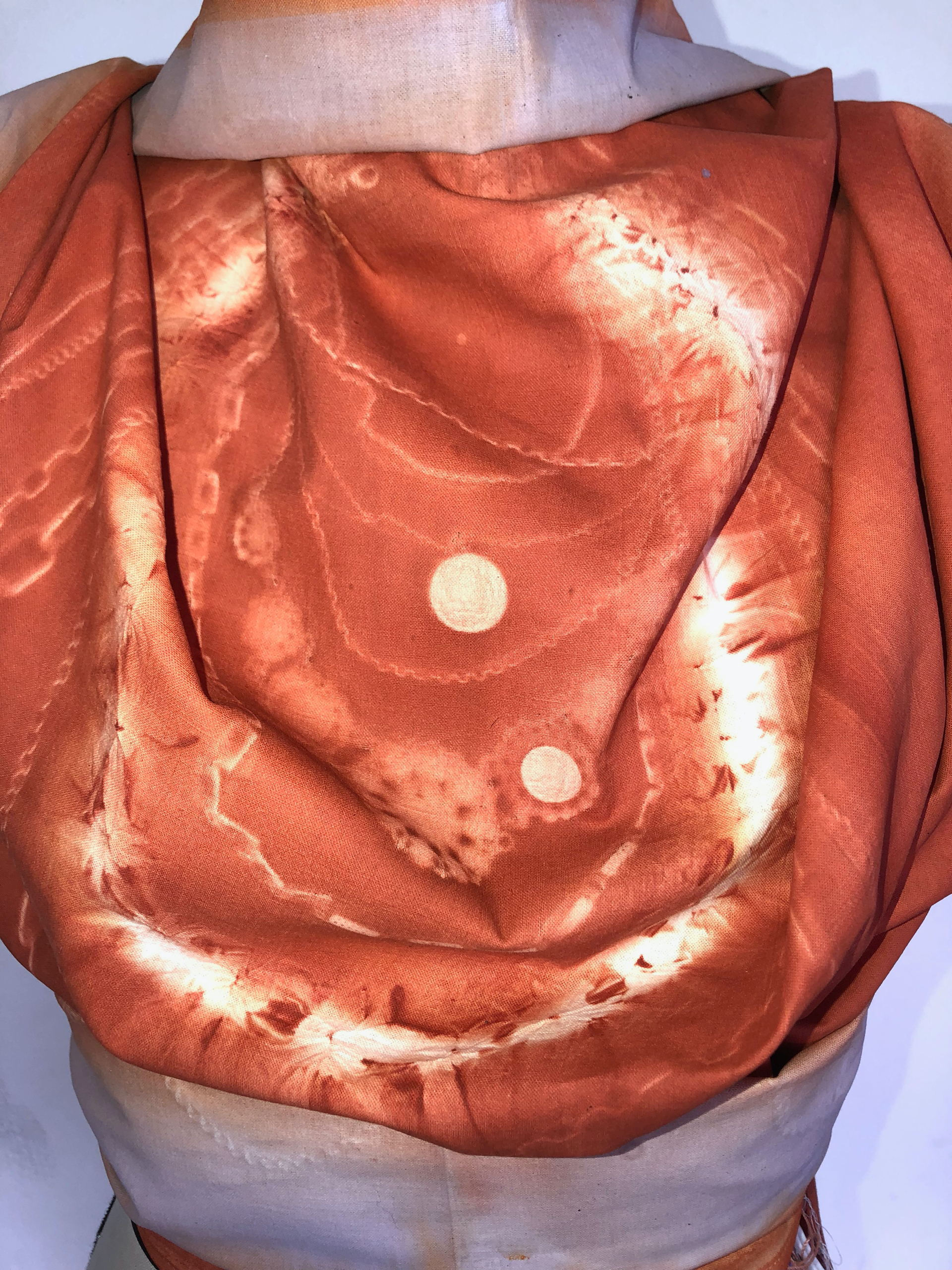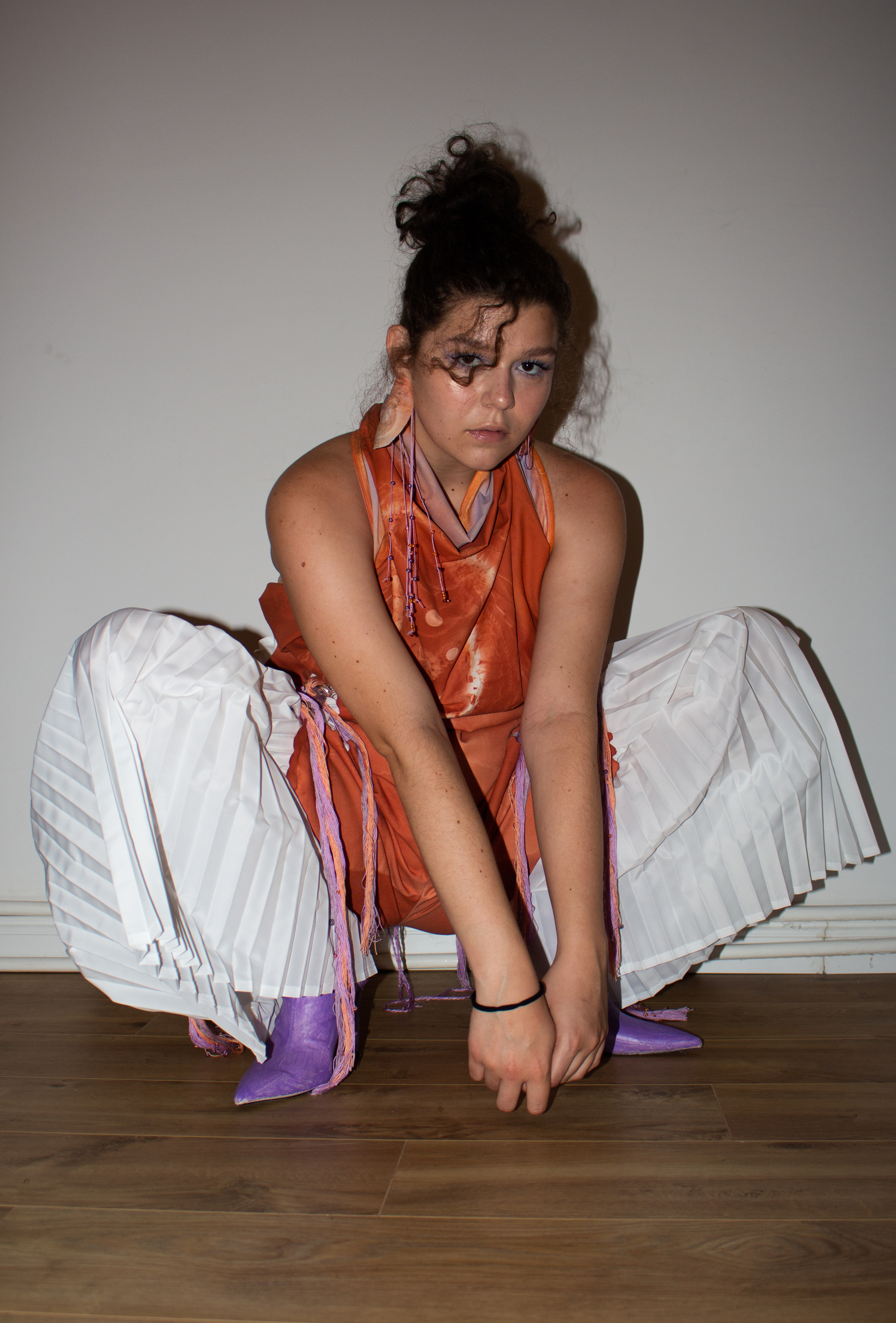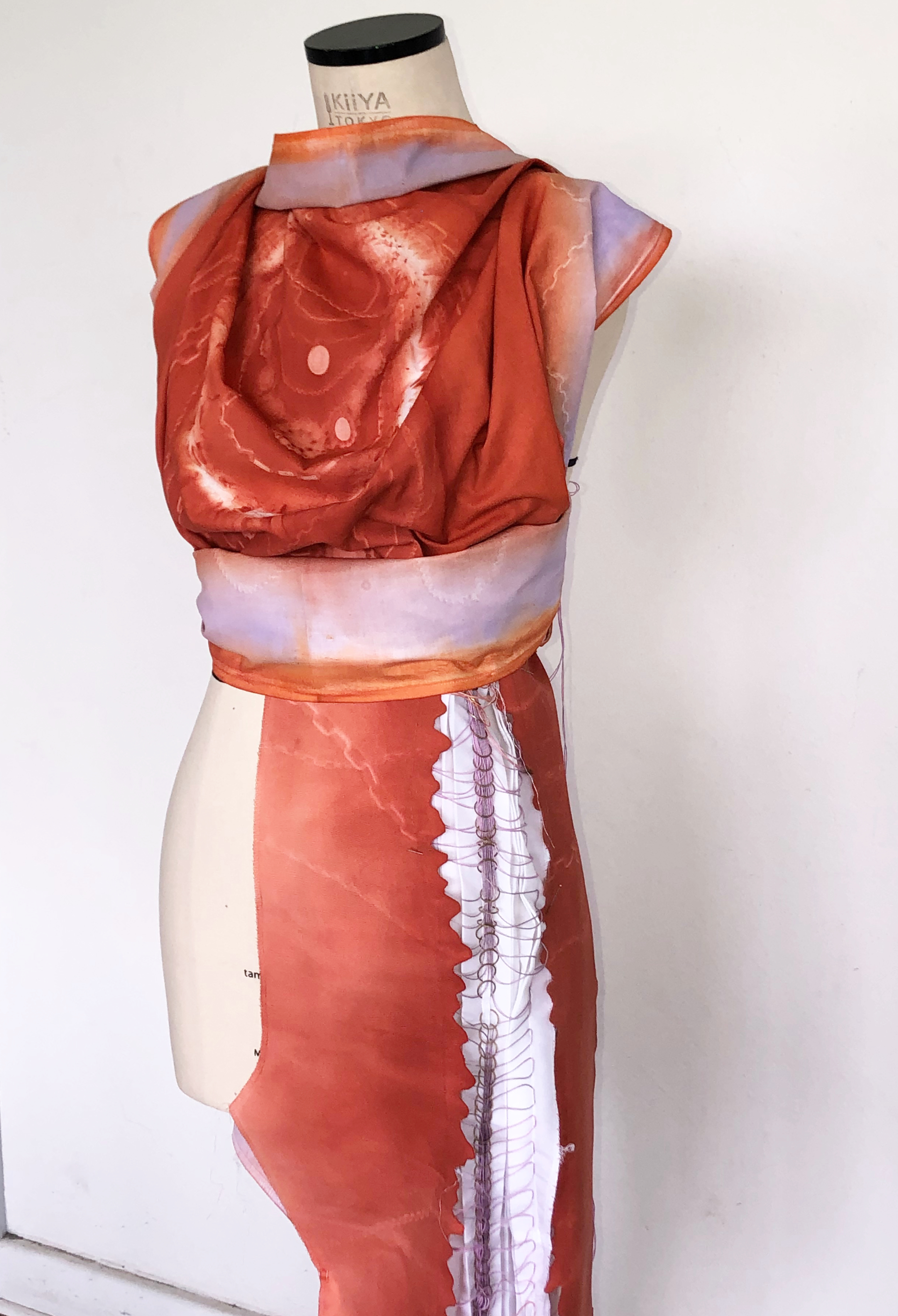Value.
In fashion, it is a difficult word. In the western world, clothes seem to have lost their value completely. They are throwaway articles, which are consumed more than worn. The mass of cheap, low quality, fast- fashion clothes that are presented almost weekly do not support the idea that clothes can be worn for a lifetime and are valuable things that one should care about. The only value that the fashion industry seems to give clothes, lies in the context of brands. A piece of clothing is worth an expensive price if it is from a famous brand, despite the quality or the working condition under which it is produced. But the fashion system does not only create a rather strange system of values around the clothes themselves but also around people. A person seems to have a higher worth if they fit the beauty standard and wear certain sizes that the fashion system defines.
At the same time, the cheap clothes, produced in terrible working conditions, show how little the companies and the western world respect and value the workers, just because they are far away, and it is so easy to close your eyes. For me, this system of values created by the fashion system is shallow and, in my project, I decided to not play by the rules anymore. I started by deconstructing the pattern of a hoodie, a garment mostly produced in fast-fashion or by big brands, who just put their logo on it. I played with our concept of what we regard as valuable and asked myself: What has a real value in the context of fashion? I came to the conclusion that the answer for that is probably traditional and cultural handcraft. In my outfit, I included the techniques of bandhani and plissee as the only components with a true value while deconstructing everything around them.
I created an outfit that can be adjusted to many body forms and has no exact size or gender. In this way it can be worn over a long time even if the body changes or it can easily be given to a new owner. In addition, the outfit shows a metaphorical story of deconstruction of the fashion system and a demand to give our clothes and the people who produce them a bigger and more meaningful value again.
The interaction of German and Indian designers and students of the UdK, where Indian and German design, craft and textile technology meet. In a virtual workshop with the bandhani artist Abduljabbar Khatri from India and the plisée artist Arantxa Vilas from London, design, craft and cutting technique met. Exemplary prototypes and design approaches emerged. The workshop was held in cooperation with the Institute for Experimental Clothing and Textile Design at the UdK Berlin (Prof. Valeska Schmidt-Thomsen). Teachers were:
UdK:
Prof. Valeska Schmidt-Thomsen and Evelyn Sitter
Julia Kunz, Dorothee Warning
Bandhani artist: Abduljabbar Khatri, Bhuj/India
Plissée artist:Arantxa Vilas, London/Great Britain
Some exemplary results from the student Titia Graefe
